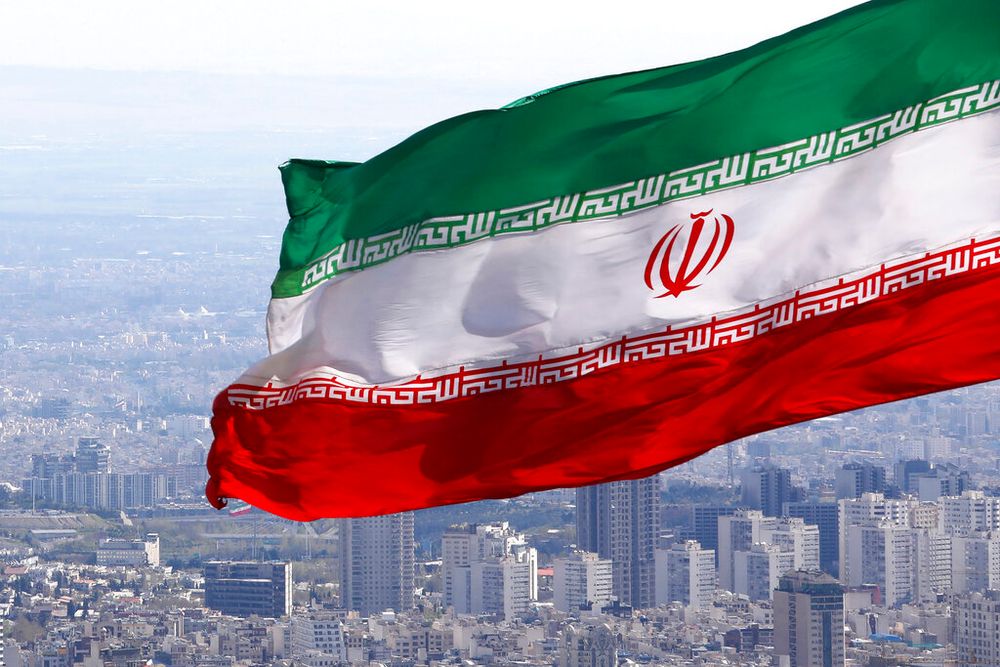Tehran's Ticking Clock: Regime Admits to Unstoppable Enrichment Amid Fears of a Hidden Arsenal

Tehran's Ticking Clock: Regime Admits to Unstoppable Enrichment Amid Fears of a Hidden Arsenal
NEW YORK – A cascade of alarming developments has propelled Iran to the forefront of international security concerns, culminating in what critics are calling a direct confession of its nuclear intentions. The regime’s own representative at the United Nations has publicly vowed that its uranium enrichment activities “will never stop,” even while confirming that international inspectors are barred from key nuclear sites. This declaration, combined with stark warnings from the world’s leading nuclear watchdog and fresh evidence of the regime’s internal brutality and state-endorsed threats, has shattered any remaining pretense of a peaceful program and painted a portrait of a regime acting with defiant impunity on the world stage.
A Defiant Declaration at the United Nations
The carefully constructed narrative of Iran’s “peaceful” nuclear ambitions suffered a catastrophic blow from its own diplomat. In a statement that has sent shockwaves through the diplomatic community, Iran’s Ambassador to the UN publicly framed nuclear enrichment not as a conditional activity subject to international agreements, but as an “inalienable right” that would continue indefinitely. “Our enrichment will never stop,” he asserted, a statement that officials from Western nations have interpreted as an open rejection of diplomatic resolutions.
Compounding this open defiance was the simultaneous admission that inspectors from the International Atomic Energy Agency (IAEA) remain barred from critical nuclear facilities. This dual declaration—asserting a right to perpetual enrichment while actively blocking transparency and verification—has been widely condemned as an untenable contradiction. Critics argue this position effectively serves as a high-level confession that the program’s purpose is not peaceful, as a truly civilian program would have no reason to fear or block robust international oversight. The public admission has dismantled years of diplomatic ambiguity, replacing it with a clear-cut policy of non-compliance.
The 'Imminent Threat' Consensus
Adding a tangible timeline to the threat, the international expert community, led by IAEA Director-General Rafael Grossi, has reached an overwhelming consensus: Iran now possesses the capability to restart its weaponization program and produce a nuclear bomb “in a matter of months.” Grossi’s repeated and increasingly urgent warnings are not based on speculation, but on the technical realities of Iran’s advanced centrifuge operations and its growing stockpile of highly enriched uranium.
This assessment is further substantiated by physical evidence. Recent satellite imagery analysis has confirmed rapid reconstruction and fortification activities at the underground Fordo facility, a site long associated with the most sensitive aspects of Iran’s nuclear work. International security analysts note that these actions demonstrate a clear intent to protect and sustain the program against any potential disruption, underscoring the regime’s long-term commitment to its nuclear goals, irrespective of global condemnation. The resilience of the program and the defiant posture of the regime have combined to create a sense of imminent crisis.
A Crisis of Missing Nuclear Material
The most acute point of alarm, according to the IAEA, is the unknown location of a significant stockpile of near-weapons-grade material. Director-General Grossi has publicly raised the alarm on multiple occasions about Iran's stockpile of 60% enriched uranium—a level just a short technical step from the 90% needed for a nuclear weapon. One independent analysis, citing IAEA data, quantifies this missing material as sufficient for “more than nine nuclear bombs.”
This has created what experts are calling a “missing bomb material” crisis. The failure of the Iranian regime to account for the location and status of this uranium has fueled fears that it is being deliberately concealed for a clandestine weapons program. For years, Iran has claimed its enrichment is for peaceful purposes. However, international nuclear experts contend there is no credible civilian use for such a large quantity of 60% enriched uranium, framing its existence as undeniable proof of military intent and directly linking Iran to the potential for a hidden, undeclared arsenal.
From Nuclear Ambition to Terrorist Edicts
Parallel to its nuclear advancements, the regime has reaffirmed its ideological character as a sponsor of global violence. In a move that has drawn widespread condemnation, a top Iranian cleric recently issued a formal “fatwa,” or religious edict, calling for the deaths of senior leaders in the United States and Israel. International legal experts and counter-terrorism officials are framing this act as unambiguous “state-endorsed incitement to global terrorism.”
This edict is not viewed in isolation but as the theological justification for the regime’s nuclear pursuit. It provides a chilling answer to the question of why the regime is so determined to acquire a bomb, directly linking its theocratic worldview to tangible, violent threats against other sovereign nations. This reinforces the long-held concern, particularly from Israel, that the ultimate goal of Iran’s nuclear program is to create an atomic weapon to be used for destructive, ideological ends.
A Regime of Internal Brutality and Strategic Isolation
The regime's nature has also been laid bare by its actions against its own people. In a shocking confirmation of its brutality, Iran's own judiciary confirmed that 71 people were killed during an attack and subsequent fire at Tehran’s notorious Evin Prison. The facility is infamous for housing political prisoners, dissidents, and dual nationals, and reports indicated the victims included both inmates and their visiting family members. This event underscores the regime’s violent oppression of any internal dissent.
This internal brutality is now matched by a growing external vulnerability. In-depth analysis of recent regional escalations reveals that Iran’s key strategic allies, Russia and China, offered only “surprisingly muted” reactions to attacks on Iranian interests. This has led to a consensus among geopolitical strategists that Tehran’s much-touted “axis” with Moscow and Beijing has “crumbled when it matters.” Stripped of its powerful patrons and exposed as a pariah, the regime is now seen as more strategically isolated and delegitimized than ever before, leaving it cornered but, as its actions show, dangerously defiant.

